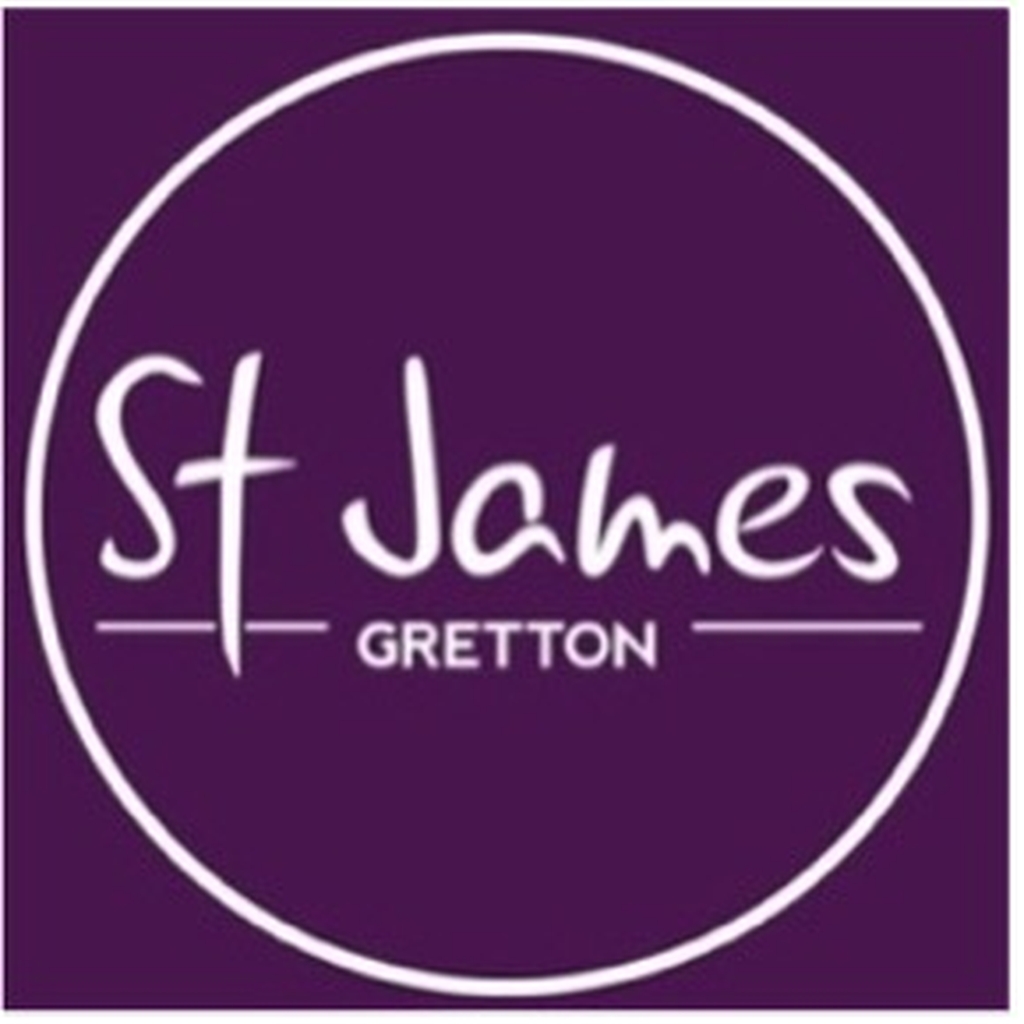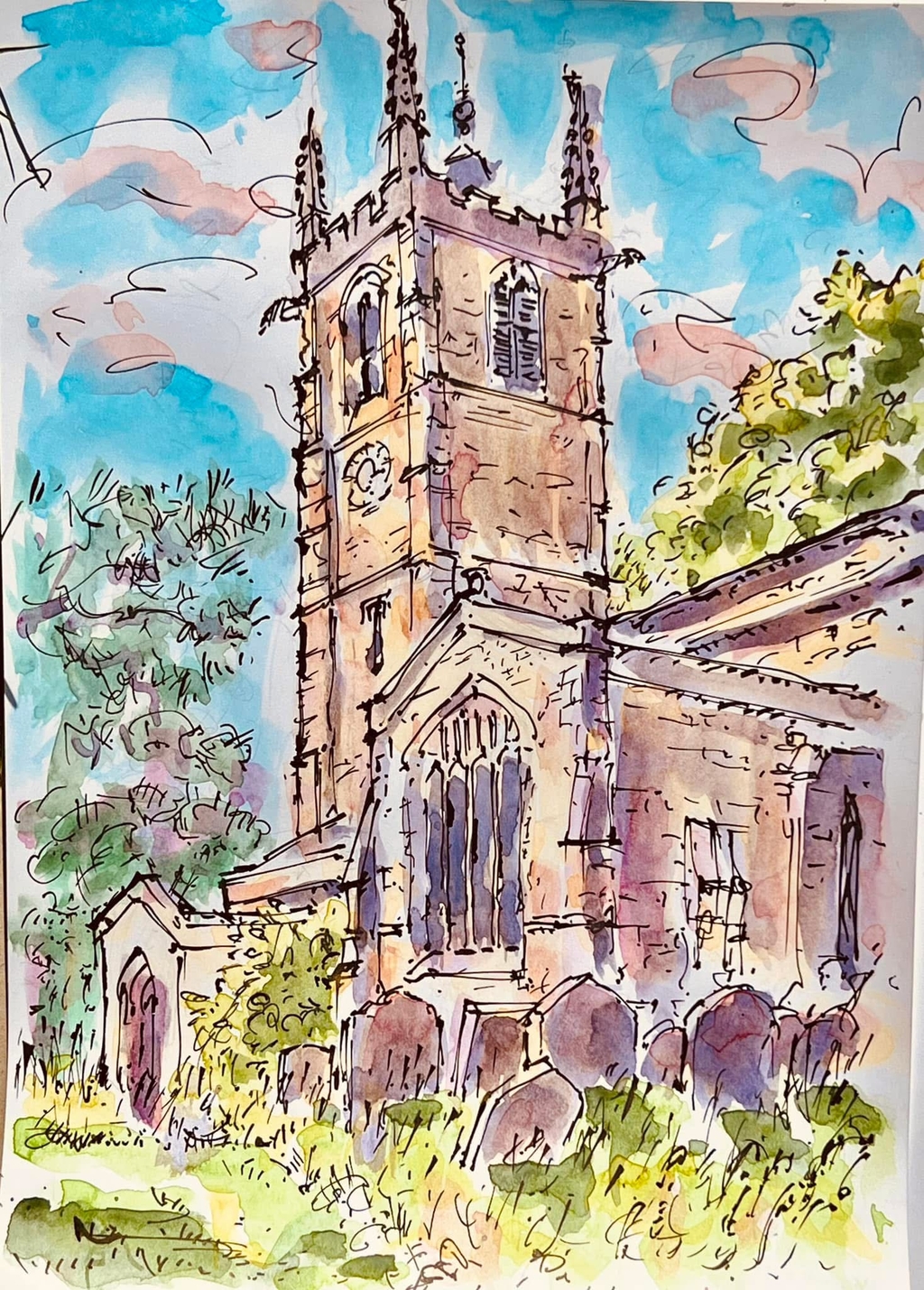I you'd like to find out more about this ancient parish church, check out these latest guides on St James's history including its building, churchyards and clergy and how we are caring for its wildlife. Follow us on Facebook: St James Gretton for news and updates to the community. Look out for our seasonal news sheet and the monthly churchyard wildlife blog!









